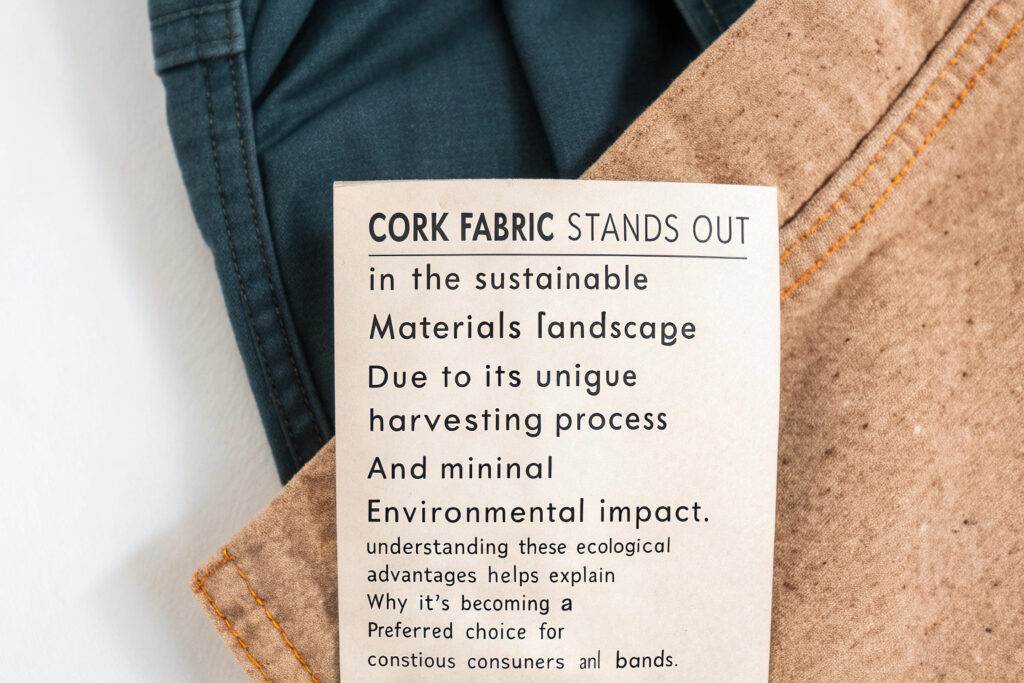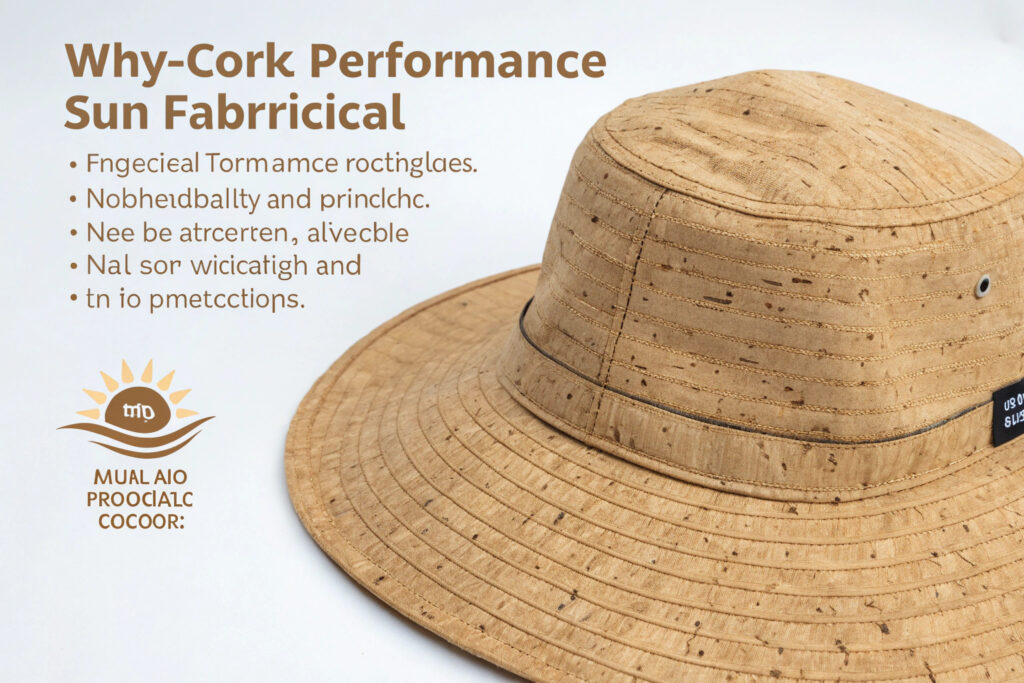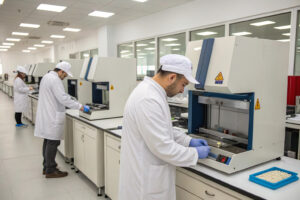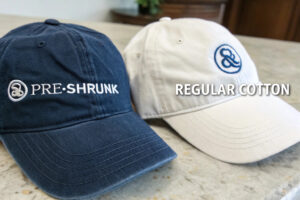The fashion industry's search for truly sustainable materials has intensified as consumers become more environmentally conscious. Traditional sun hat materials often involve significant environmental costs, from water-intensive cotton farming to petroleum-based synthetics. Cork fabric emerges as a remarkable solution that combines ecological benefits with practical performance advantages that make it ideal for sun protection.
Cork fabric offers an exceptional sustainable choice for sun hats because it's harvested from renewable cork oak trees without cutting them down, provides natural UV protection, is lightweight and durable, and boasts unique aesthetic qualities that can't be replicated by synthetic materials.This innovative material represents a closed-loop system where harvesting actually helps the ecosystem while providing versatile material applications.
This comprehensive guide explores the environmental advantages, performance characteristics, manufacturing processes, and market appeal of cork fabric for sun hats, providing both manufacturers and consumers with compelling reasons to choose this remarkable sustainable material.
What makes cork fabric environmentally superior?
Cork fabric stands out in the sustainable materials landscape due to its unique harvesting process and minimal environmental impact. Understanding these ecological advantages helps explain why it's becoming a preferred choice for conscious consumers and brands.
The environmental benefits include renewable harvesting that doesn't harm trees, carbon sequestration properties, natural cultivation without pesticides, and complete biodegradability at end of life.

How does cork harvesting actually benefit the environment?
Cork harvesting represents one of the most sustainable agricultural practices because it doesn't require cutting down trees. Cork oak trees (Quercus suber) are carefully stripped of their bark by skilled harvesters every 9-12 years, a process that actually extends the trees' lifespan to 200-300 years. During the regeneration period, cork oak forests absorb 3-5 times more carbon dioxide to facilitate bark regrowth, making them significant carbon sinks. These forests also support remarkable biodiversity, including endangered species like the Iberian lynx and Barbary deer. The entire ecosystem depends on continued cork harvesting, creating economic incentives for forest preservation rather than conversion to agriculture or development.
Why is cork's biodegradability important for fashion?
Unlike synthetic materials that persist in landfills for centuries, cork fabric is completely biodegradable and compostable. At the end of a sun hat's life, the natural cork material will break down safely without releasing toxic substances. This closed-loop lifecycle contrasts sharply with petroleum-based fabrics that contribute to microplastic pollution when washed and persist indefinitely in ecosystems. For sun hats specifically, which may be used in natural environments and eventually discarded, this biodegradability ensures the product doesn't become permanent pollution. The natural adhesives used in cork fabric production are also typically water-based and non-toxic, maintaining the material's environmental integrity from production through disposal.
What performance advantages does cork offer for sun hats?
Beyond its environmental credentials, cork fabric delivers practical performance benefits that make it particularly suitable for sun hat applications. These functional advantages explain why cork isn't just an ecological choice but a performance one.
Key performance benefits include natural UV resistance, water resistance, durability despite lightweight construction, and temperature regulation that enhances wearer comfort.

How effective is cork's natural UV protection?
Cork provides excellent natural UV protection due to its dense cellular structure containing suberin, a waxy substance that naturally blocks ultraviolet radiation. While specific UPF ratings depend on cork thickness and backing materials, quality cork fabrics typically achieve UPF 15-25 without additional treatments. When combined with appropriate hat designs featuring wide brims, cork sun hats offer reliable sun protection that doesn't diminish with washing or sun exposure. This inherent UV resistance means manufacturers don't need to apply chemical UV treatments that can wear off or raise environmental concerns. The natural protection also means that as the hat ages, its sun-blocking properties remain consistent rather than degrading like some synthetic alternatives.
Why is cork's lightweight durability ideal for headwear?
Cork's unique cellular structure makes it exceptionally lightweight while maintaining durability—a crucial combination for comfortable headwear. The honeycomb structure of cork cells contains mostly air, creating a material that's both buoyant and compressible yet resilient. For sun hats, this translates to headwear that feels virtually weightless during extended wear yet maintains its shape despite packing, wind, and occasional impacts. Unlike straw hats that can become brittle or felt hats that may lose shape when wet, cork maintains its structural integrity across various conditions. This durability ensures cork sun hats provide seasons of reliable use rather than becoming seasonal disposable items, further enhancing their sustainability credentials through extended product lifespan.
How is cork fabric manufactured for fashion applications?
Understanding the manufacturing process helps appreciate cork fabric's qualities and verifies its sustainable claims. The transformation from tree bark to fashion material involves specialized techniques that preserve cork's natural properties.
The manufacturing process includes harvesting, boiling, processing into sheets, backing with fabrics, and finishing—all using methods that maintain environmental integrity.

What makes the cork processing method environmentally friendly?
Cork processing utilizes methods with minimal environmental impact compared to conventional textile manufacturing. After harvesting, cork planks are boiled in water without chemical additives, a process that cleans the material, increases its elasticity, and flattens the planks for further processing. The boiling water is typically reused multiple times, and the natural tannins released during boiling don't create hazardous waste. The cork is then sliced into thin sheets using mechanical processes rather than chemical treatments. This contrasts sharply with synthetic fabric production that involves petroleum extraction and complex chemical processes, or conventional cotton processing that consumes significant water and often uses hazardous dyes and finishes.
How is cork fabric created for sun hat production?
Cork fabric is created by backing thin cork veneers with textile substrates using water-based adhesives. The most common backing materials include cotton, polyester, or polyurethane, with sustainable manufacturers preferring organic cotton or recycled synthetics. The backed cork is then trimmed, and the edges are finished to prevent fraying. For sun hat production, medium-weight cork fabrics (approximately 0.5-0.8mm thick) provide the ideal balance of flexibility for shaping and rigidity for maintaining hat structure. The manufacturing process allows for various finishes from natural cork patterns to embossed designs, providing aesthetic versatility while maintaining the material's natural properties.
What aesthetic advantages does cork offer?
Beyond functional and environmental benefits, cork fabric provides unique aesthetic qualities that distinguish it from other sustainable materials. These visual and tactile characteristics contribute to its growing popularity in fashion applications.
Cork's aesthetic benefits include natural variations that ensure uniqueness, sophisticated visual texture, versatility across style categories, and aging characteristics that enhance rather than diminish appearance.

How does cork's natural variation enhance product appeal?
Each piece of cork features unique patterns and grain variations that ensure no two sun hats are identical. These natural variations—created by the tree's growth patterns and harvesting marks—provide visual interest that mass-produced synthetics cannot replicate. The organic patterns range from subtle grains to dramatic mineral streaks, offering designers natural aesthetics that align with biophilic design principles. For consumers, this uniqueness creates emotional connection and perceived value beyond standardized products. As fast fashion faces increasing criticism, cork's authentic variations represent the antithesis of homogenized production, appealing to consumers seeking products with character and story.
Why does cork age gracefully compared to other materials?
Cork develops a beautiful patina over time rather than showing wear negatively. Unlike synthetic materials that may crack, peel, or fade unattractively, cork maintains its integrity while developing character through use. The natural waxes in cork allow it to be easily maintained with occasional conditioning, restoring its appearance without intensive treatments. For sun hats that experience regular outdoor use, this aging quality means the product becomes more personally significant over time rather than appearing worn out. This longevity aligns with slow fashion principles, encouraging consumers to maintain and cherish items rather than frequently replacing them. The combination of durability and attractive aging makes cork sun hats investments that improve with relationship rather than disposable seasonal items.
Conclusion
Cork fabric represents a remarkable convergence of environmental responsibility, practical performance, and aesthetic appeal that makes it an ideal choice for sustainable sun hats. From its renewable harvesting that actually benefits forest ecosystems to its natural performance properties and unique visual characteristics, cork offers advantages that synthetic materials and conventional naturals cannot match.
At Global-Caps, we've embraced cork as a cornerstone of our sustainable collections, developing specialized construction techniques that highlight the material's natural beauty while ensuring durable performance. Our cork sun hats undergo rigorous testing to verify their sun protection capabilities and longevity, providing customers with products they can feel good about wearing and purchasing. If you're interested in exploring cork fabric sun hats for your collection or personal use, contact our Business Director Elaine at elaine@fumaoclothing.com. Let us show you how this remarkable material can elevate your sun protection while supporting environmental stewardship.







